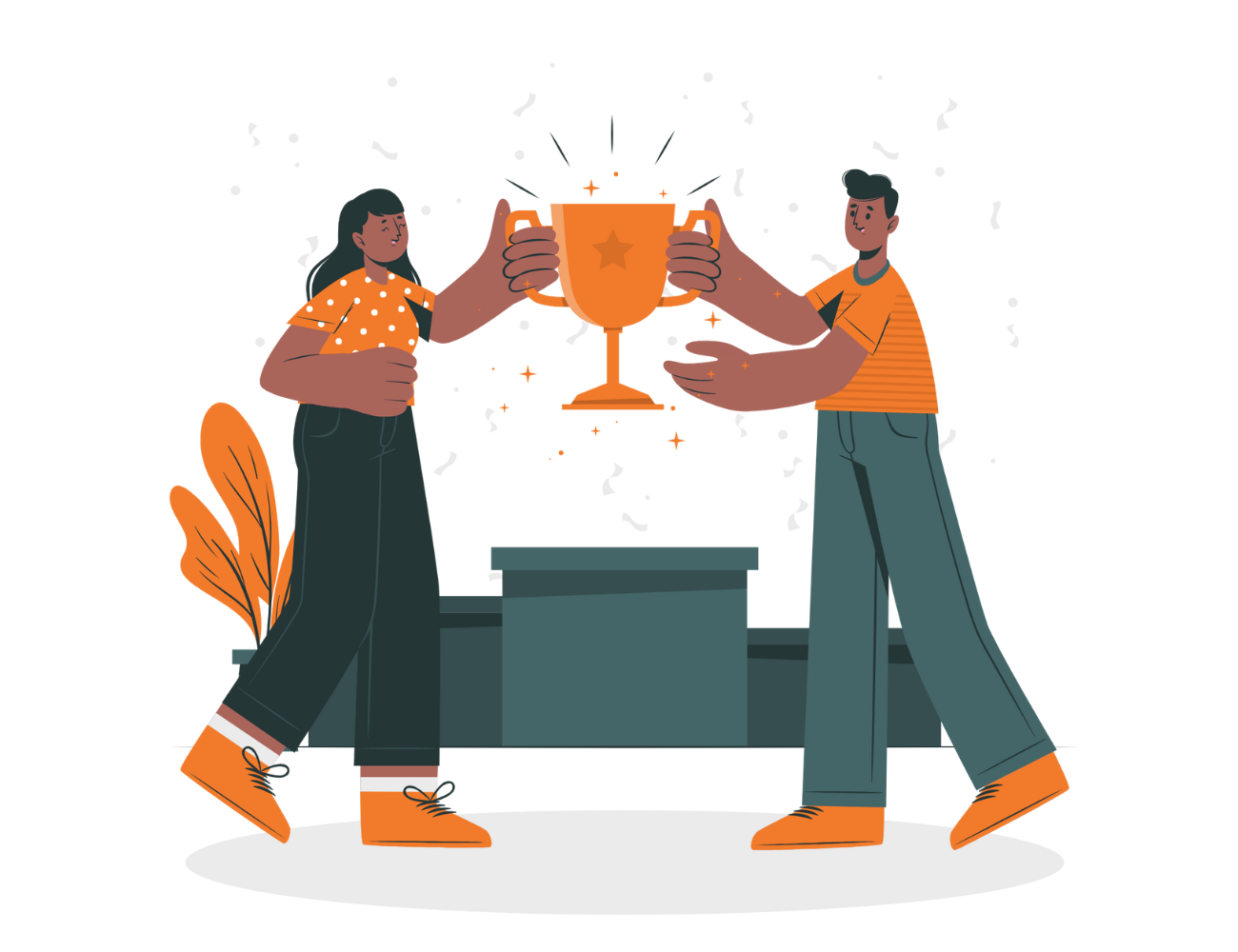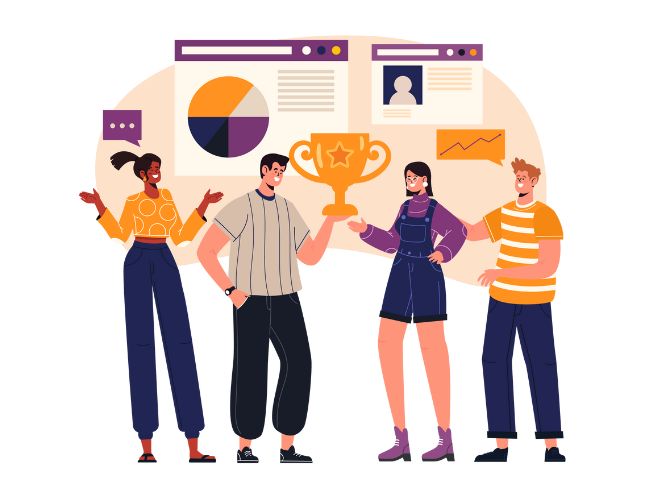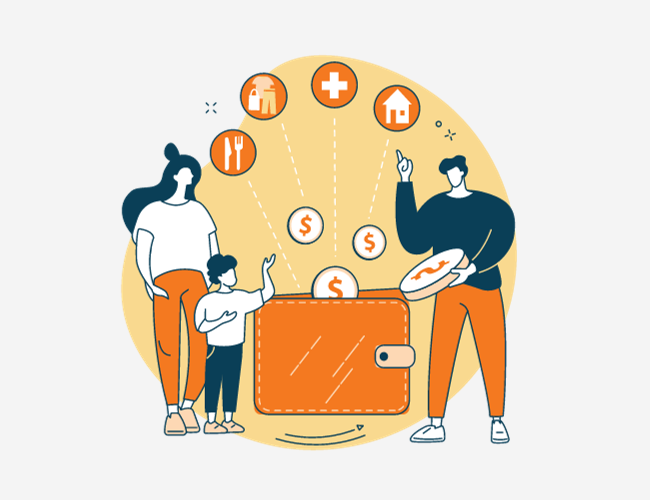Though there are many effective wellness promoting activities and behaviors, reaping and keeping the wellness benefits that they offer can take a considerable amount of time and effort. As a result, some individuals struggle to motivate themselves to engage in these behaviors frequently enough to obtain the desired benefits to their health.
One way in which wellness experts have been trying to solve this problem is by making wellness activities more game-like in the hopes of imbuing them with the kind of engagement grabbing abilities that games often possess. While the tactic sounds promising in theory, the results in practice have been somewhat mixed. For example, as was pointed out in Wellable’s 2015 examination of the effectiveness of Fitbit, although the company grew “246% annually from 2010 to 2014 [… ] more than 70% of Fitbit purchasers from the first three quarters of 2014 churned before the end of the year.” With the ongoing introduction of gamified fitness devices, classes, apps, and machines, there is an increased need for a clear assessment of this particular approach to cultivating healthy behaviors. Wellable attempts to shed some light on the issue below.
Rewards As Gamification
In one way or another, many fitness products are gamified only in the sense that they offer some sort of reward for engaging in a wellness promoting behavior. Most commonly, these rewards take the form of points, levels, trophies and badges (PLTBs). By and large, this way of gamifying fitness seems not to have brought about the kinds of motivational changes that wellness experts were hoping for. So, what gives?
Insufficient Rewards
While PLTBs might work for certain games like Candy Crush and Temple Run, they may not be well-suited to conjure the same degree of motivation and engagement when applied to exercise. As gamification pioneer Yu-Kai Chou states in his book, Actionable Gamification: Beyond Points, Badges, and Leaderboards “points and badges can ruin good gamification design as the so-called ‘gamification experts’ slap them onto everything they see.” Furthermore, he notes that “when done incorrectly, [point systems] can cause the user to devalue the entire experience.”
What this means for gamifiers is that they might create more successful gamified fitness products either by thinking more carefully about where and when to provide users with PLTBs or by utilizing different kinds of rewards that resonate with users in a more powerful way. Given the wide array of human goals and desires, this is a vast undertaking, but it is a project that must be completed if the attempt to gamify fitness through rewards is to have a significant impact on the motivational struggles that wellness-focused individuals might face on their journey to becoming and staying well.
Rewards Are Not Enough
The use of rewards represents only a small subset of the methods that game designers rely on. As Rahul Vohra states in his talk at the 2019 a16z Summit.
Game design is not gamification. It is not simply taking your product and adding points, levels, trophies, and badges. […] To create games, we have to draw upon the art and science of psychology, mathematics, interaction design, and storytelling.
What this suggests is that PLTBs might be inadequate not just because they are the wrong kinds of rewards or because they are utilized at the wrong times, but because there is more to gaming than getting rewarded for good behavior. If rewards are only part of the story when it comes to game creation, then fitness activities that only absorb this feature of games likely won’t be as compelling, engaging, and attention grabbing, as the games which inspired their use.
The Future of Gamified Fitness – Fun Comes First
Aside from pointing out the drawbacks that often come with the use of PLTBs, Yu-Kai Chou has emphasized the importance of making games fun and even postulates a set of 8 core human drives that make games fun, which Wellable will address in an upcoming post (subscribe to the Wellable Blog to be notified when this article is released). Many of the current leaders in the space of gamified fitness products appear to agree. For instance, Chris Milk, CEO of Supernatural (a subscription-based virtual reality exercise experience) states in his interview with Nilay Patel.
We set out to build something that was intrinsically fun, intrinsically entertainment, and something you wanted to do over and over again that had the extra benefit of exercise because that’s the thing that makes it easy to keep coming back to.
By focusing first on creating an activity that is fun on its own and not because of any rewards that one might receive from engaging in it, companies like Supernatural are turning the traditional approach to gamifying fitness on its head. Rather than making a game out of fitness, they are finding ways to utilize fitness in immersive games that are already highly playable in their own right. Whether or not this technique will prove successful is yet to be determined but a sense of renewed optimism is certainly justified at this juncture.












